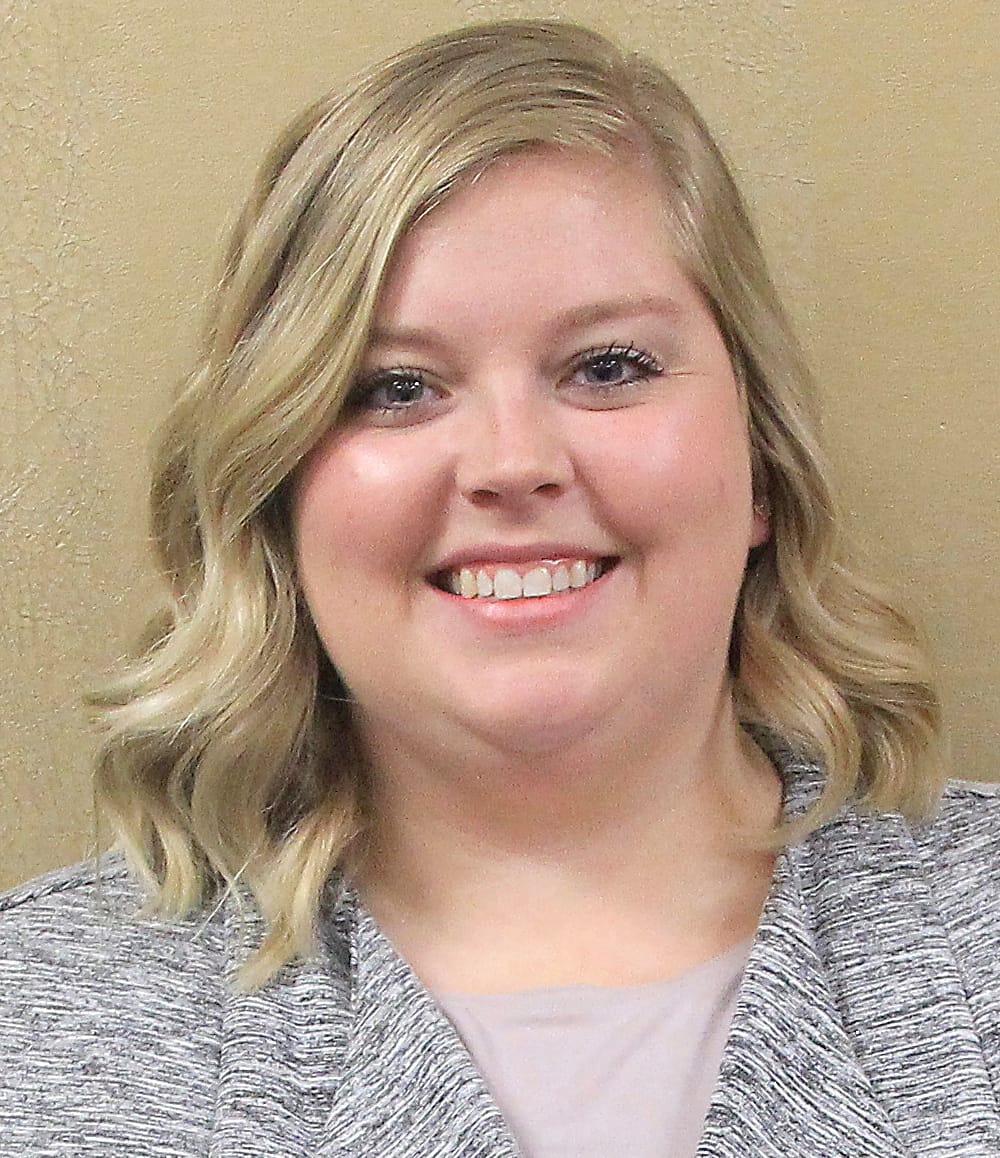Election Day is right around the corner. Even for non-political scientists it’s the most important day of the year. It’s the day when Kansans get to put democracy into practice and choose their elected officials.
Thanks to the efforts of IKE Lab at Wichita State University to make Kansas voter registration and election data available to the public, it’s fairly easy to track early voting data.
Early voting began Oct. 21.
As of Oct. 30, 163,634 mail ballots had been sent out statewide, and 97,634 had been returned. Of those, 43,533 were returned by Democrats, 39,460 by Republicans, and 14,140 by unaffiliated voters.
An additional 294,081 Kansans have voted early in-person — 157,567 Republicans, 93,314 Democrats, and 41,220 unaffiliated voters.
Kansans are turning out to in droves to vote early, particularly voters in the state’s largest counties.
Typically, high levels of early voting means it’s going to be a high turnout election overall.
As for who is going to win? I’m a political scientist, not a forecaster, but we do have new public opinion data to give us some insight.
Kansas Speaks, conducted by the Docking Institute of Public Affairs at Fort Hays State University, surveyed Kansans in mid-October.
First, Gov. Laura Kelly remains the most popular elected official in the state with a 46.4% satisfaction rating. While not on the ballot, her continued popularity does signal hope for other moderate Democrats running for office this year who have taken a leaf out of her middle-of-the-road playbook.
Second, only 29% of Kansans are satisfied with the Kansas Legislature. While Republicans are all but guaranteed to maintain the majority in both houses, Democrats are working hard to break the supermajority by flipping at least three seats in the Senate and two in the House. The legislature’s low approval rating may potentially help Democrats flip these seats.
Third, among likely voters who answered the survey, 48% said they plan to vote for Donald Trump while 43% said they plan to vote for Kamala Harris — a 5 point difference. Among all registered voters, there’s a 10 point difference.
The actual vote is likely going to be somewhere in between.
In 2020, Trump won Kansas by over 14 points and Republicans have carried the state in 19 of the last 20 presidential elections. I don’t think these polling results mean Kansas is a swing state. But they may indicate that Kansas is becoming less conservative.
Harris is polling slightly higher than President Joe Biden’s 2020 vote count, and any increase in the margins could bode well for Democrats in tight races at the state and county levels.
This is a good reminder that while 2024 is a “presidential” election year, there’s so much more on the ballot than just the president. Don’t forget to also vote in down-ballot races like U.S. Congress; Kansas House, Senate, and Board of Education; and various judicial and county races.
These elections impact your everyday life much more than the race for president.







